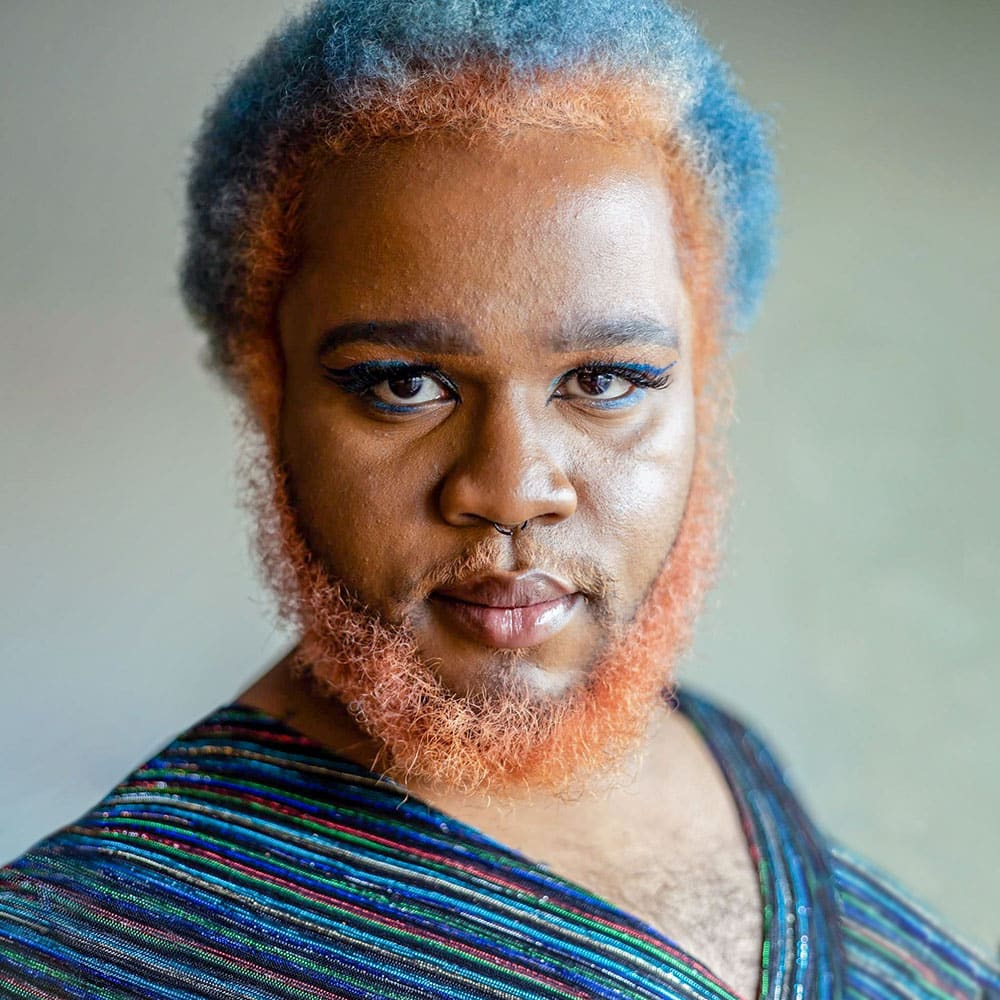Charting a
New Course for Education
The world is shifting in profound ways. From climate disruption and the rise of generative artificial intelligence (AI) to growing social fragmentation, today’s challenges are reshaping how we live, work and learn.
Explore how drivers of change might shape the future of learning:
Jump into potential futures by exploring ways in which the future might unfold. What might the future of learning experiences and environments look like? What roles might learning providers play in new education structures? How might reshaped education systems be managed and funded?
Get a quick overview of what’s in the forecast, helpful for introducing the forecast concepts to others.
Obtén una descripción corta de lo que hay en el pronóstico, especialmente útil para presentar los conceptos de este pronóstico a otros.






Andrea Saveri
Saveri Consulting
Examining where we are and where we might be going can help us make decisions for a future for education we want.”

